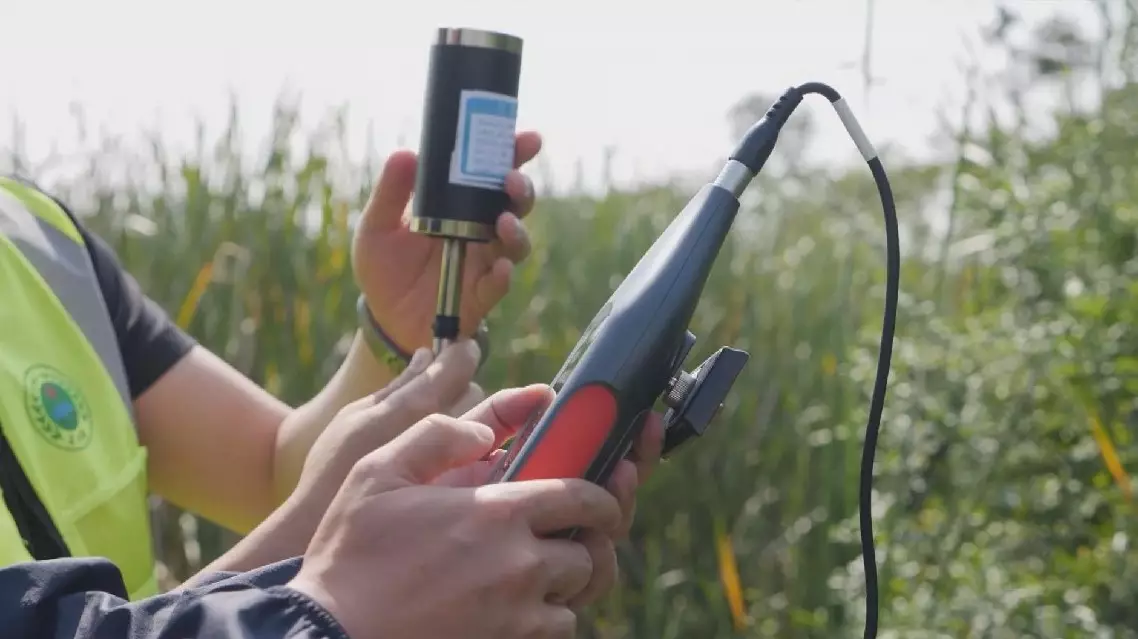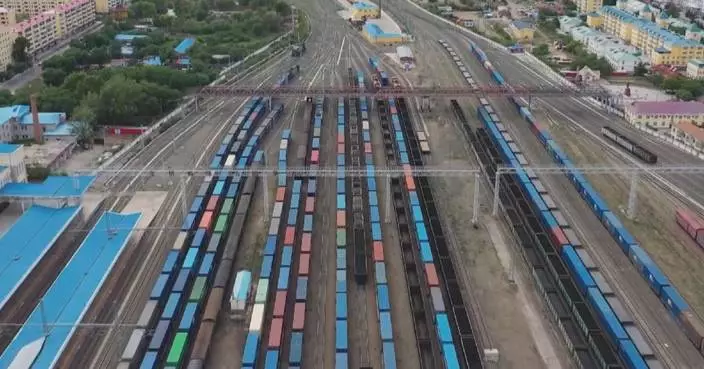The China National Environmental Monitoring Center (CNEMC) has launched the establishment of a database of natural sounds within urban areas this year, aiming to help manage urban noise pollution by more accurately identifying and differentiating natural sounds from artificial noises.
China plans to build a unified national network for automatically monitoring acoustic environmental quality starting on January 1, 2025. The system will focus on monitoring urban man-made noises, but at the same time, it will also unavoidably include natural sounds from birds and insects, as well as the rustling of wind and rain. These natural sounds could affect the accuracy of noise assessments, so it is necessary to collect them in a database so as to better identify and classify different types of noise. By the Dianchi Lake in Kunming, southwest China's Yunnan Province, local environmental monitoring professionals used specific equipment to capture various sounds within a wetland park. They collected sounds from birds, insects, and frogs, along with natural noises like rain, thunder, and wind. These sounds could potentially influence the monitoring results of urban acoustic environmental quality.
They recorded sounds for at least two hours at each monitoring location. They then used specialized software to analyze these recordings, selecting the clearer and less disrupted natural sounds to upload them into the database.
"The natural sounds in this recording are relatively clear and distinct, and the background noise is relatively low, so it is valid. But look at the waveform of this recording, the bird or insect sounds are unclear, and the environmental noise is relatively loud. Based on these two criteria, this recording is invalid," said He Fanyu, an engineer at the Yunnan Ecological and Environment Monitoring Center.
Since the first quarter of this year, the CNEMC has organized local environmental monitoring stations to record natural sounds in urban areas of over 80 cities. As of now, more than 420,000 raw recordings have been made, with 80,000 of them being valid. By the end of the year, it is expected that 600,000 valid recordings will have been collected nationwide for the development of China's largest noise database.
"After the database is built, our next step is to train and test an intelligent sound recognition model. It will help us not only to check if noise levels exceed allowed limits but also to identify where the excess noise is coming from. For example, construction noise is temporary and highly variable, so it requires specific management, especially during nighttime," said Wang Yun, a senior engineer at the Physics Department of the CNEMC.

China developing natural sound database to better tackle urban noise pollution









